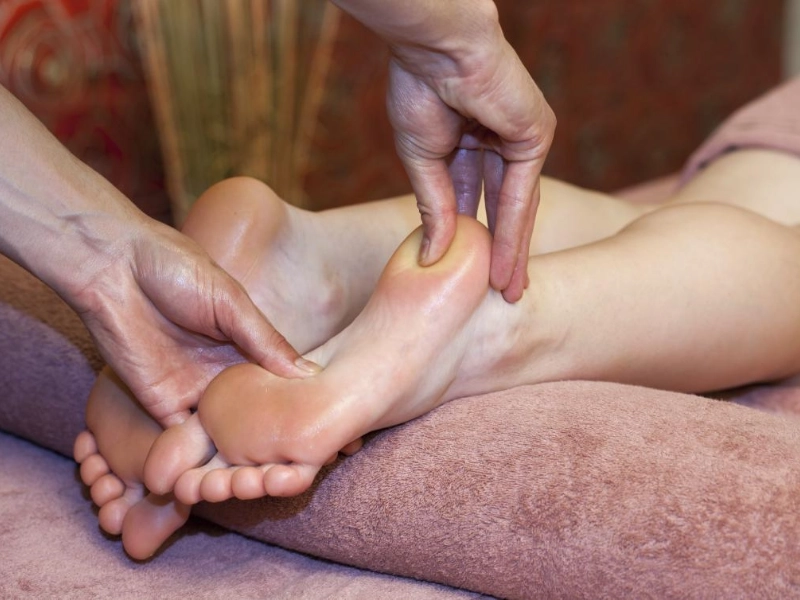2. Essential Massage Techniques

Mastering essential massage techniques is key to delivering effective foot massages that relieve tension and promote relaxation. Begin with effleurage, using long, smooth strokes to warm the tissues and introduce touch to the foot. This gentle technique, applied from the toes to the ankle, helps improve circulation and prepares the foot for deeper work. Next, incorporate kneading motions, using your thumbs to manipulate the deeper tissues of the sole in circular movements. Pay special attention to the arch, where tension often accumulates. Friction techniques, involving small circular motions with the thumbs or fingertips, help break down adhesions and release specific areas of tension. Finally, consider compression techniques, applying gentle pressure and releasing different parts of the foot to enhance blood flow and relaxation. These techniques should be applied with varying levels of pressure, always mindful of the recipient's comfort and response. Together, these methods create a seamless therapeutic experience that addresses both surface-level tension and deeper musculoskeletal issues. Transitioning smoothly between techniques is crucial for maintaining the relaxation response throughout the session. Proper body mechanics and hand positioning are essential for delivering effective pressure while minimizing practitioner fatigue. Advanced techniques may include targeted stretches for the toes and ankle, cross-fiber friction for particularly tight areas, and specialized movements to address common foot conditions like plantar fasciitis or arch pain. While mastering these techniques requires practice and attention to detail, the benefits they offer make the effort worthwhile.
Advertisement

